Want to show all your foodie friends that you're really in the know? Then it's time to master the art of making edible dirt. Chefs are finding ways to dry, char, and combine various foodstuffs to give the appearance of actual dirt — only with a rich, savory taste.
The ingredients vary — some use a combination of mushrooms, leeks, and nuts, while others grind up one element, like olives, in food processors.
Chef René Redzepi, of famed Copenhagen restaurant Noma, is the most celebrated purveyor of edible dirt. As Time.com describes it, his version is made "… from dried malt and beer." One of the most interesting parts is that it's presented in terra cotta pots, complete with a raw radish "planted" in the dirt to give it that earthy feel.
Redzepi's edible dirt, often referred to as "soil," has inspired numerous chefs worldwide to experiment with their own versions, incorporating local ingredients and techniques. For instance, some have used dehydrated black olives, roasted chicory root, or even ground nuts to replicate the texture and appearance of soil.

A wooden box of edible "soil" made from dehydrated olives, topped with glossy yellow bean-purée spheres and a tangle of dried olive branches and leaves. | Image via David Aferiat/Flickr
Fortunately, edible dirt isn't too hard to recreate for home cooks and can be served as a base or a garnish for all kinds of dishes, from salads to eggs. You can recreate Redzepi's version, make a sweet variation (using Oreos, naturally), or make a super-healthy version courtesy of Tim Ferriss, best-selling author and self-experimenter known for his work on optimizing health, diet, and performance.
Additionally, edible dirt has found its way into educational and sensory play activities for children. Recipes using safe, edible ingredients like flour, cocoa powder, and oil allow kids to explore textures and engage in creative play, simulating gardening or construction scenarios. If you have kids or are around them, I'm sure you've made or at least have seen those fun Oreo and chocolate pudding-based "dirt cups" with gummy worms crawling inside.

Dirt cups made with crushed Oreos and chocolate pudding with gummy worms.
A slightly different version combines things like oatmeal stout, espresso grind, cocoa powder, cinnamon, clove, nutmeg, and black barley powder.
Just keep in mind that this is very different from the time-honored practice of eating actual clay or earth. Some people consume dirt for health and spiritual reasons, while others practice geophagy out of necessity.
Don't Miss: The Difference Between Geophagy and Pica
But despite what you may have heard from actress Shailene Woodley, there aren't any conclusive studies that eating clay does great things for your body. If you're lucky enough to live where food is plentiful, we say get your nutrition from actual fruits and vegetables instead.
In recent years, the concept of edible dirt has also been embraced in molecular gastronomy, where chefs use techniques like dehydration and pulverization to create soil-like textures from various ingredients. This not only adds a visual appeal to dishes but also introduces unique flavor profiles that enhance the overall dining experience.
However, recent studies have begun to explore the potential health benefits of consuming certain types of edible clay, particularly bentonite clay. Research suggests that bentonite clay may aid in detoxification by binding to toxins in the digestive tract and facilitating their removal from the body. Additionally, some studies indicate that it might support gut health by promoting a healthy balance of gut bacteria.
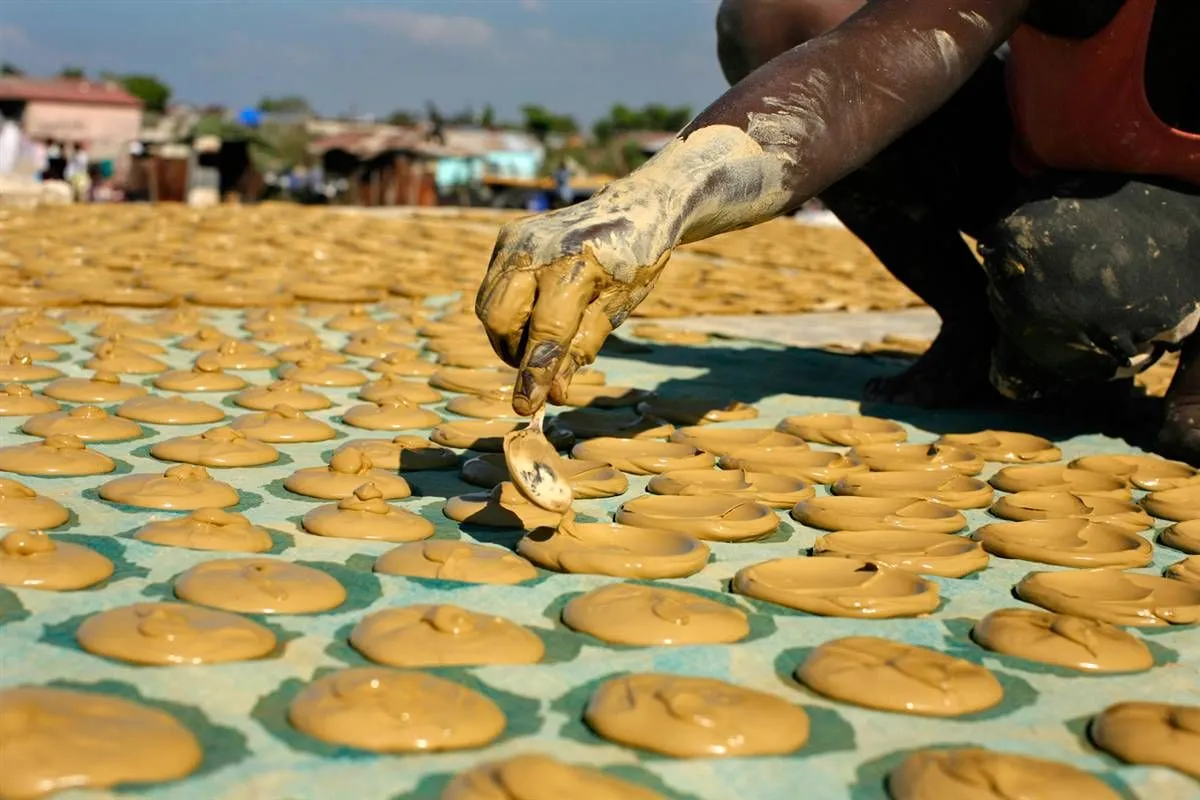
Haitian mud cookies, made from dirt mixed with salt and fat, are formed into flat discs and dried. | Image via Wikimedia Commons
It's important to note that while these findings are promising, more extensive human studies are needed to fully understand the health implications of consuming edible clays. Moreover, not all clays are safe for ingestion; some may contain harmful substances like heavy metals. Therefore, if you're considering adding edible clay to your diet, it's crucial to consult with a healthcare professional and ensure you're using food-grade products from reputable sources.
Would you eat edible dirt? How about the real kind?





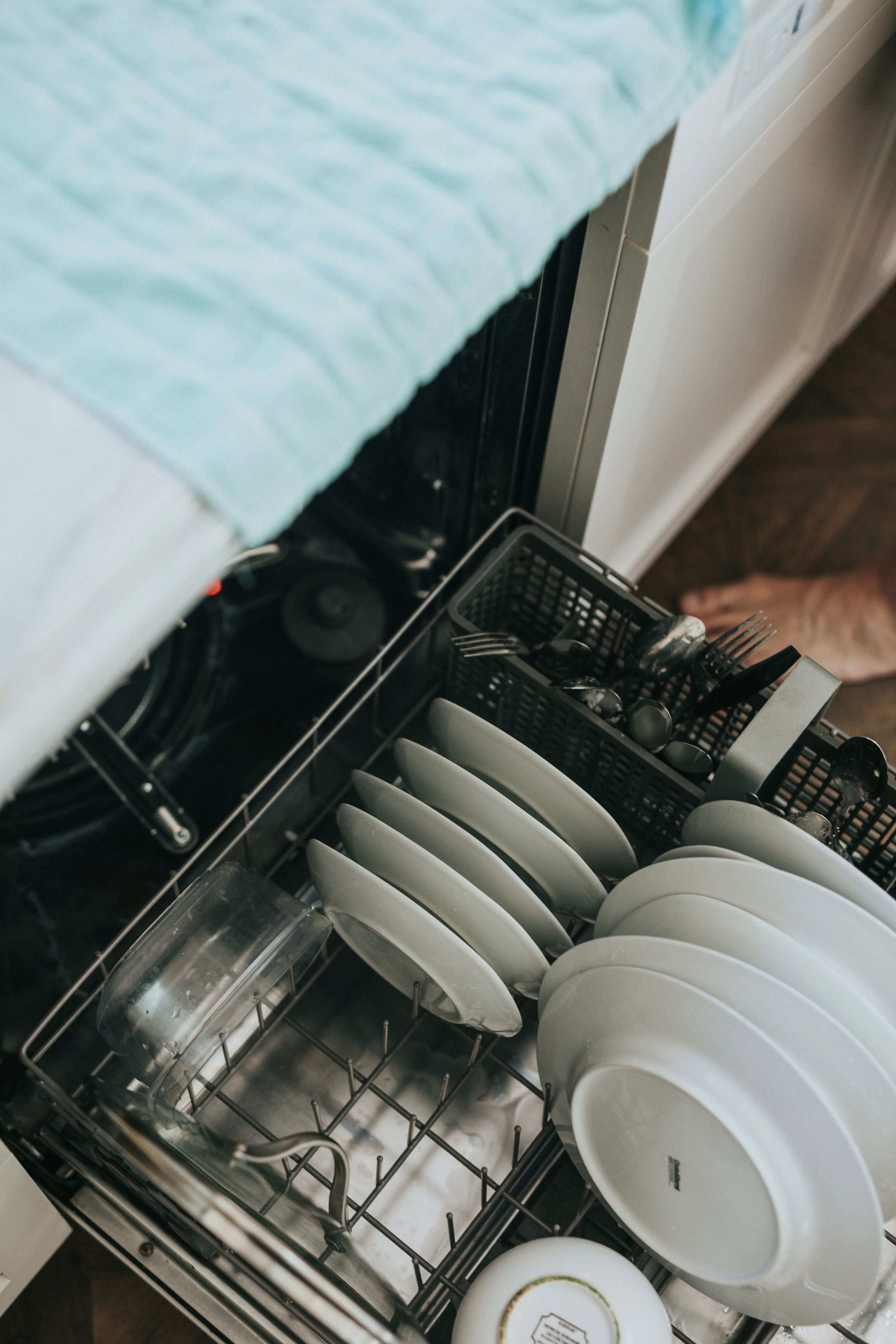
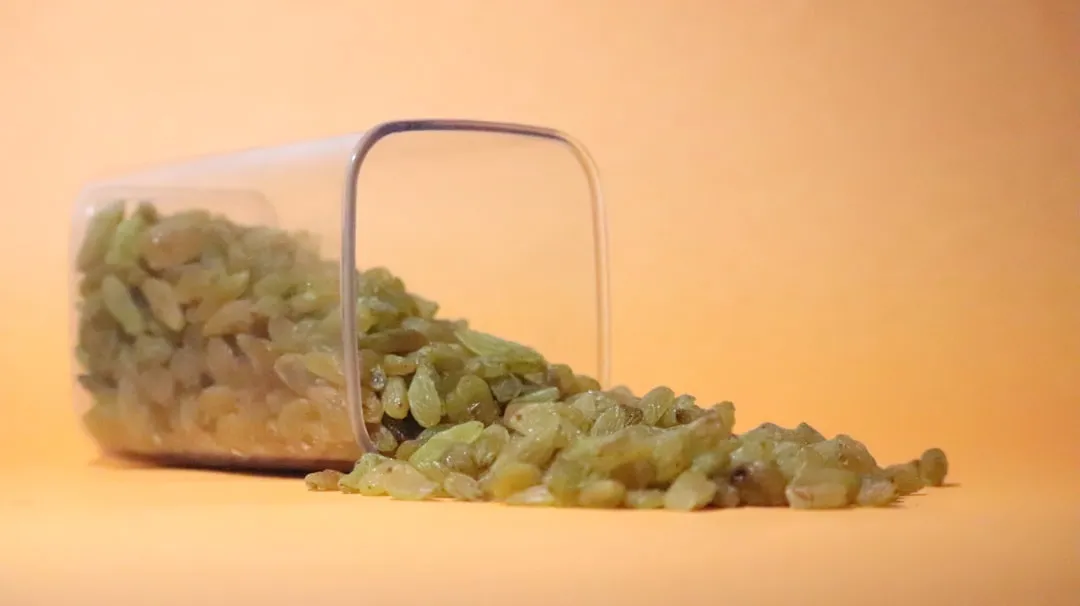
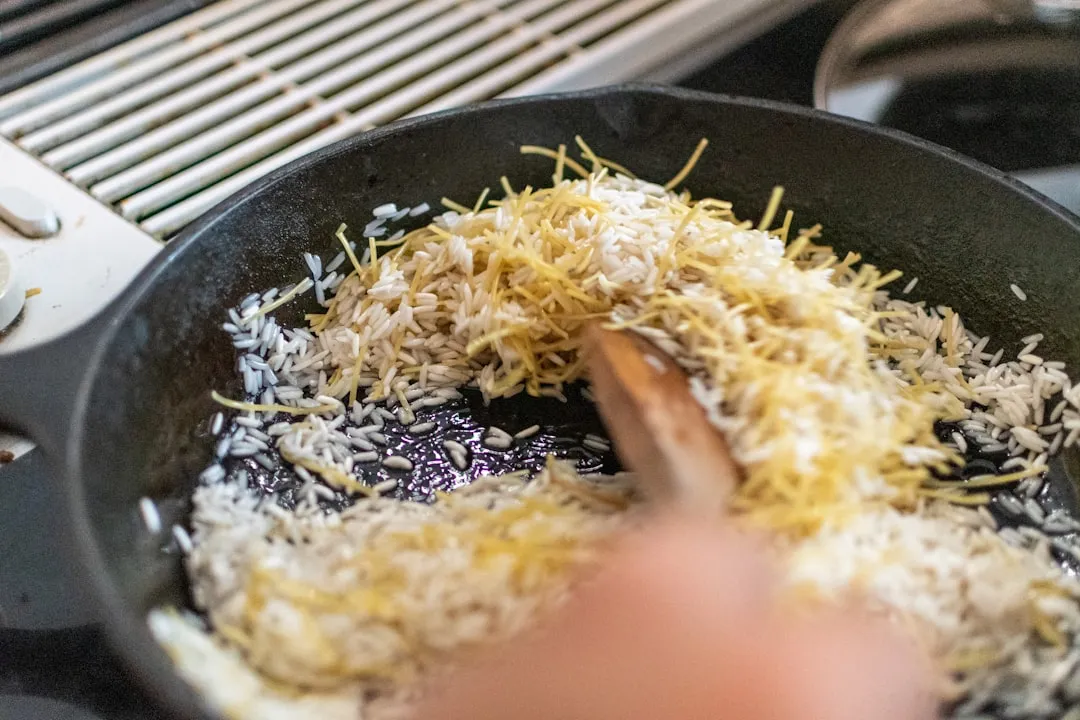

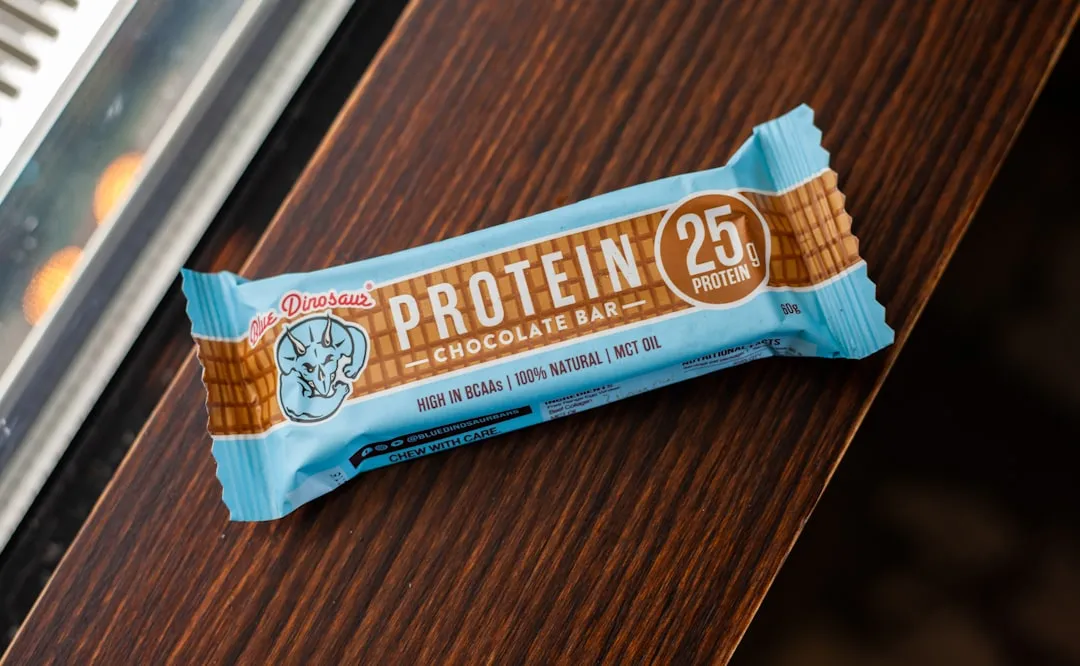
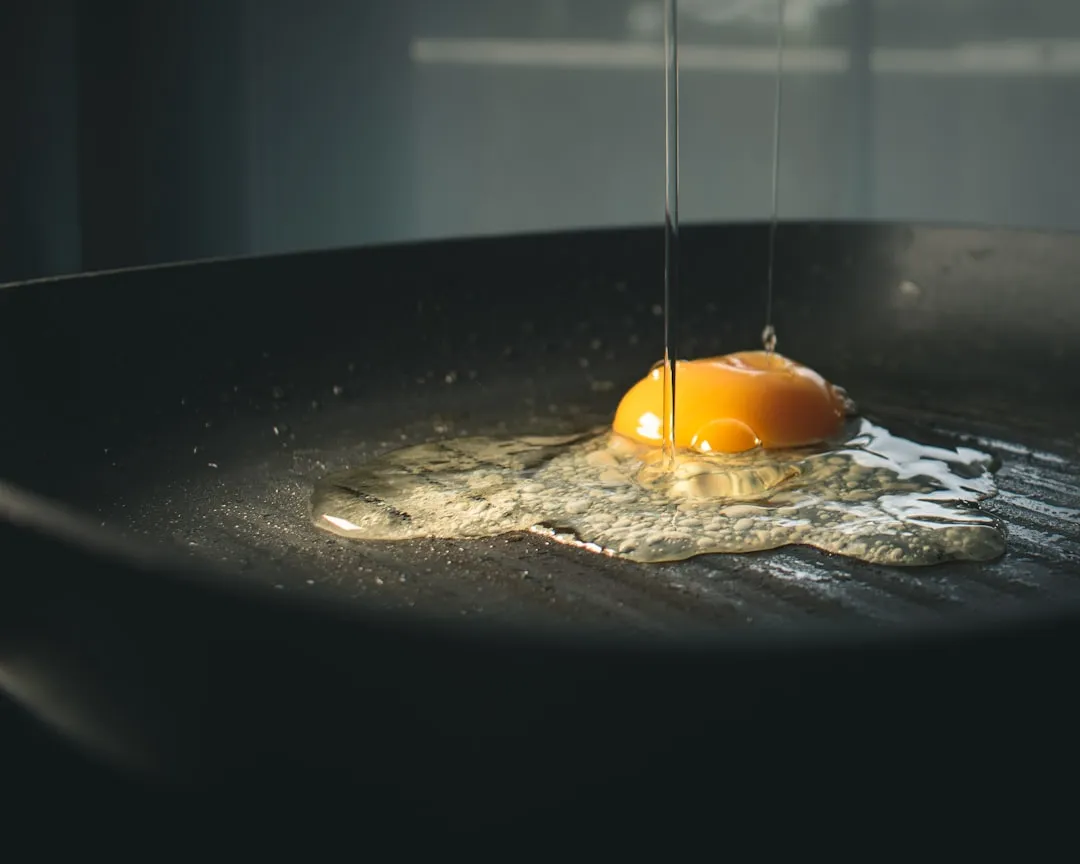


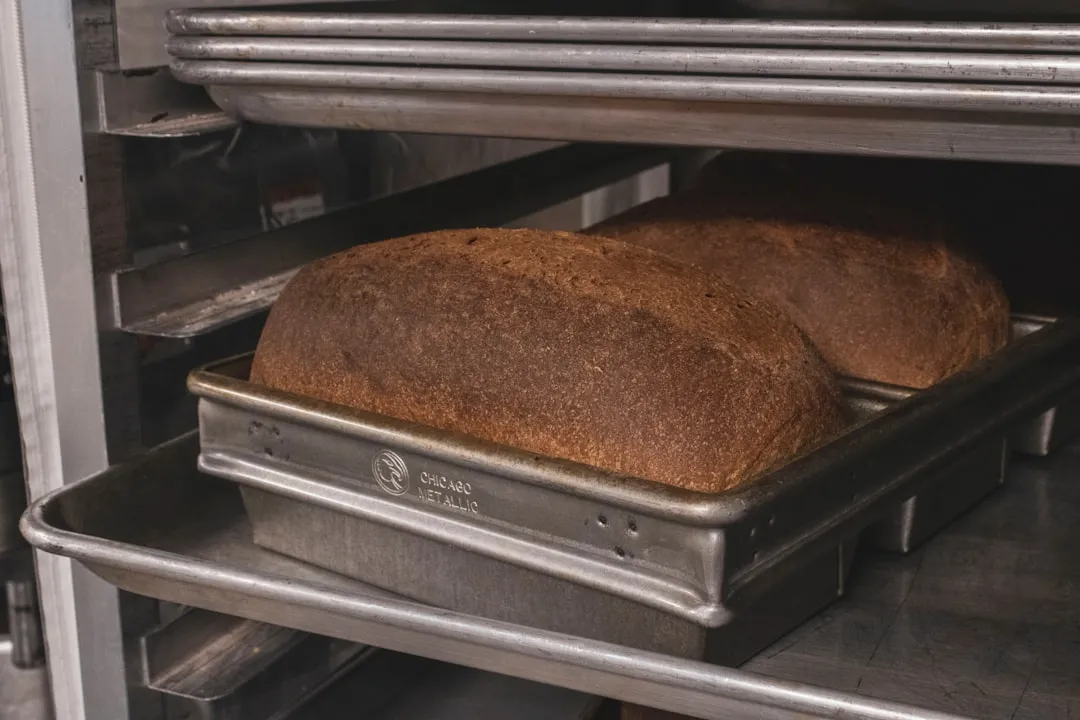


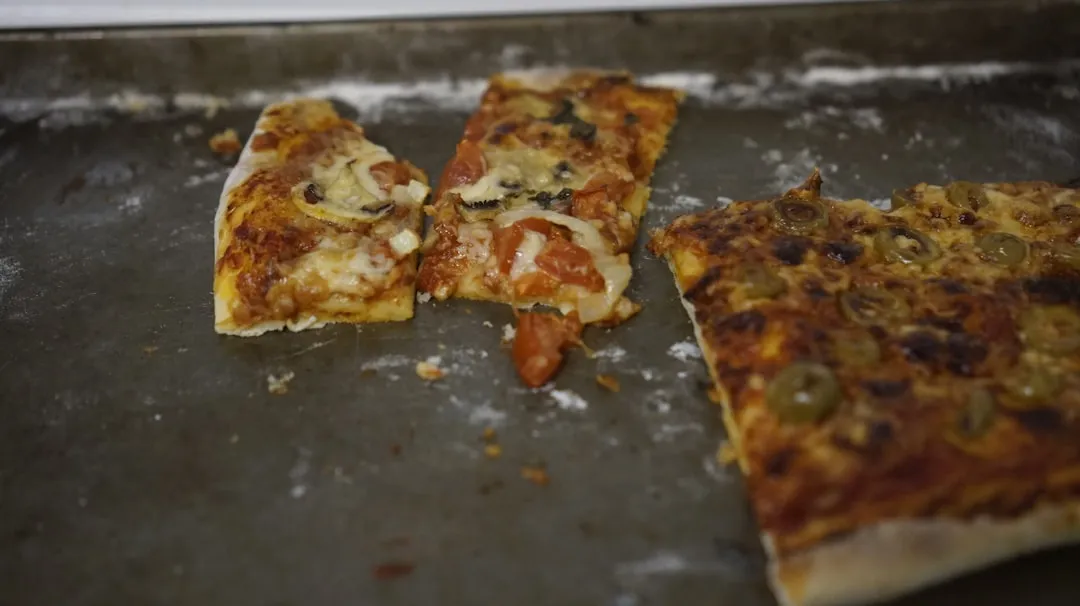
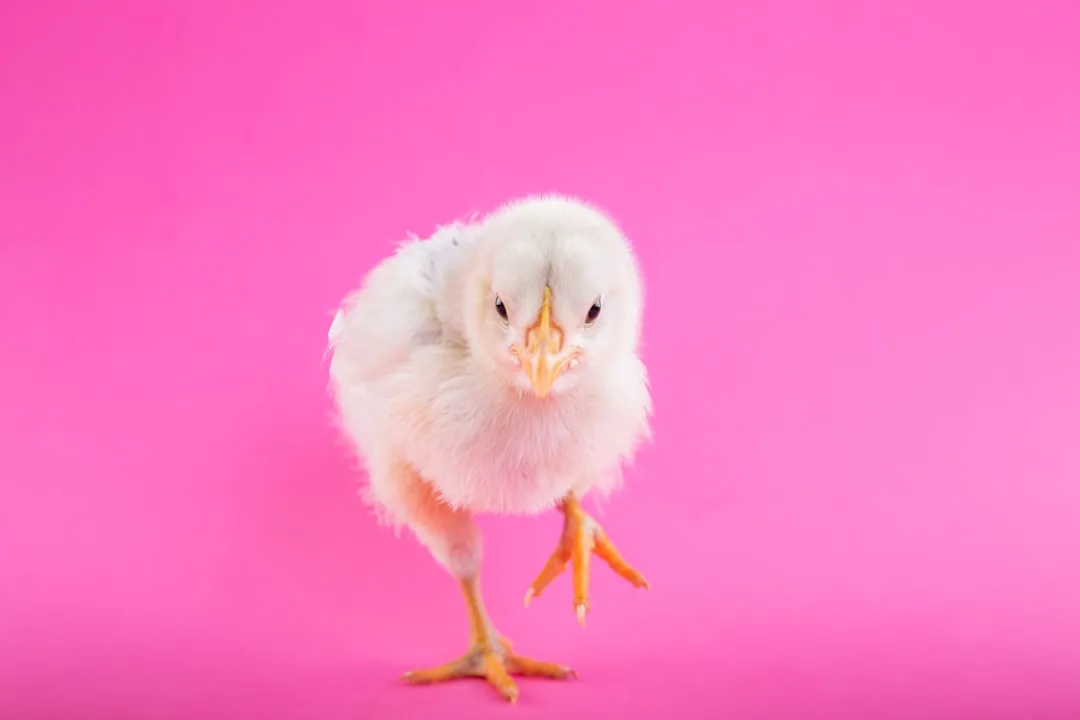
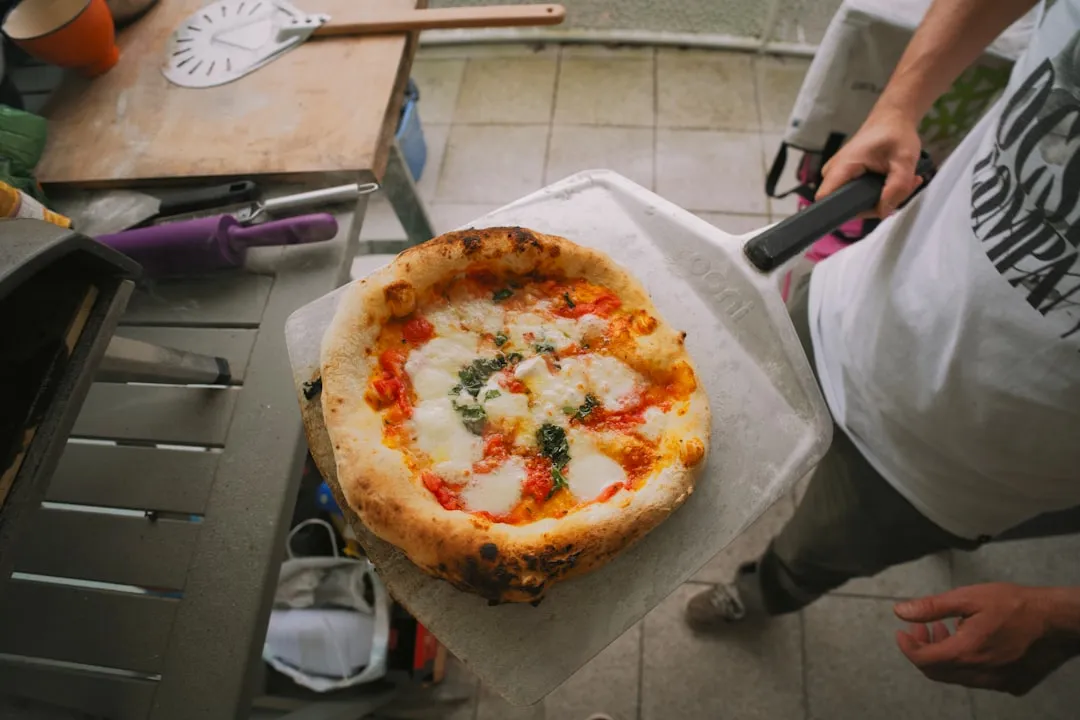

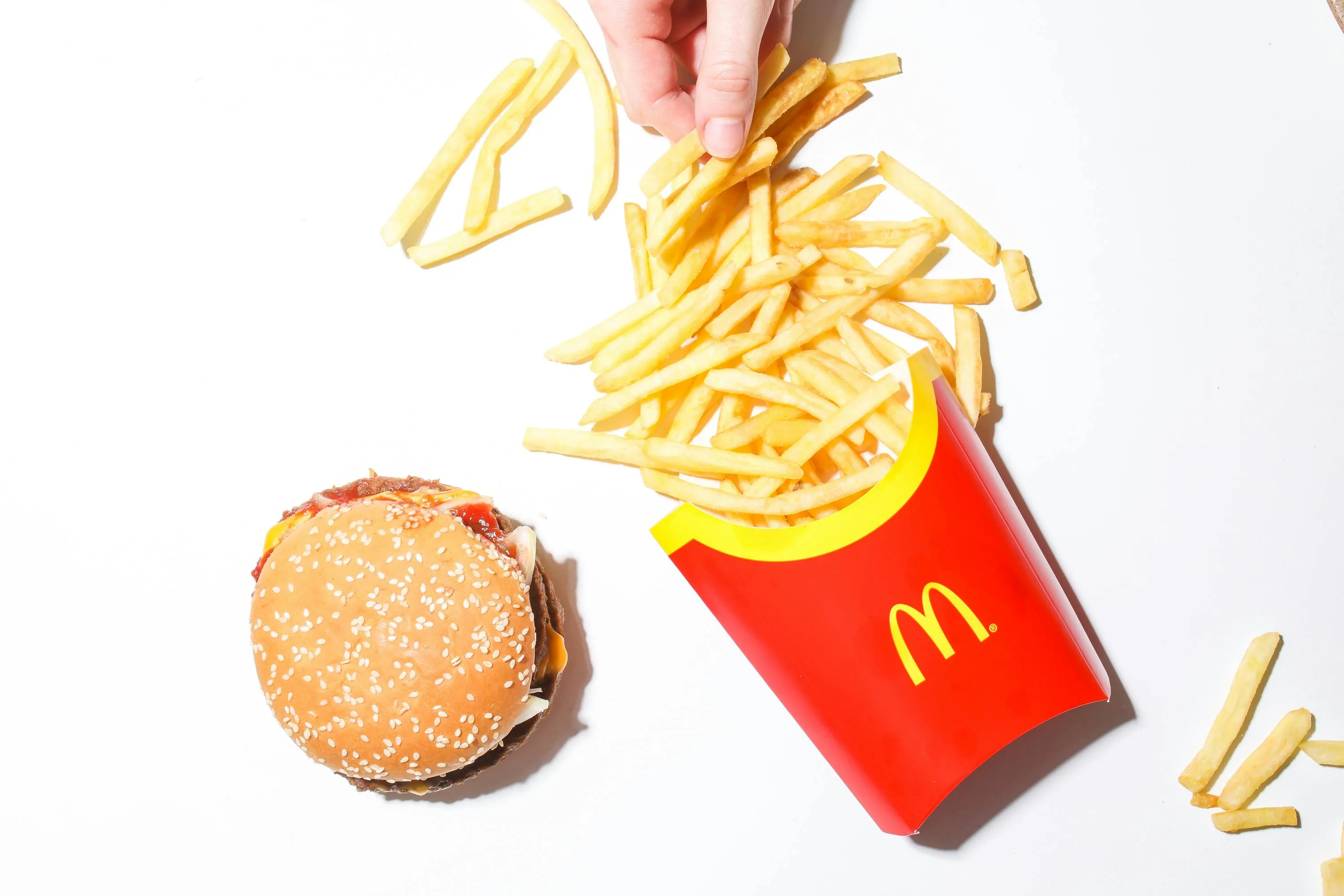
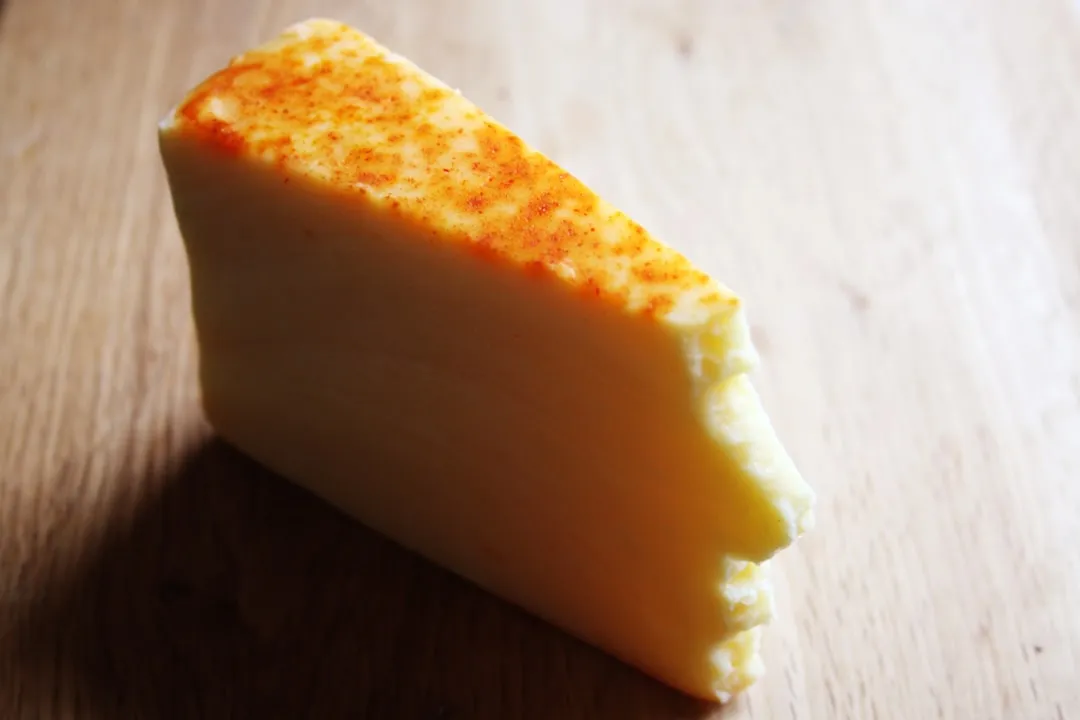

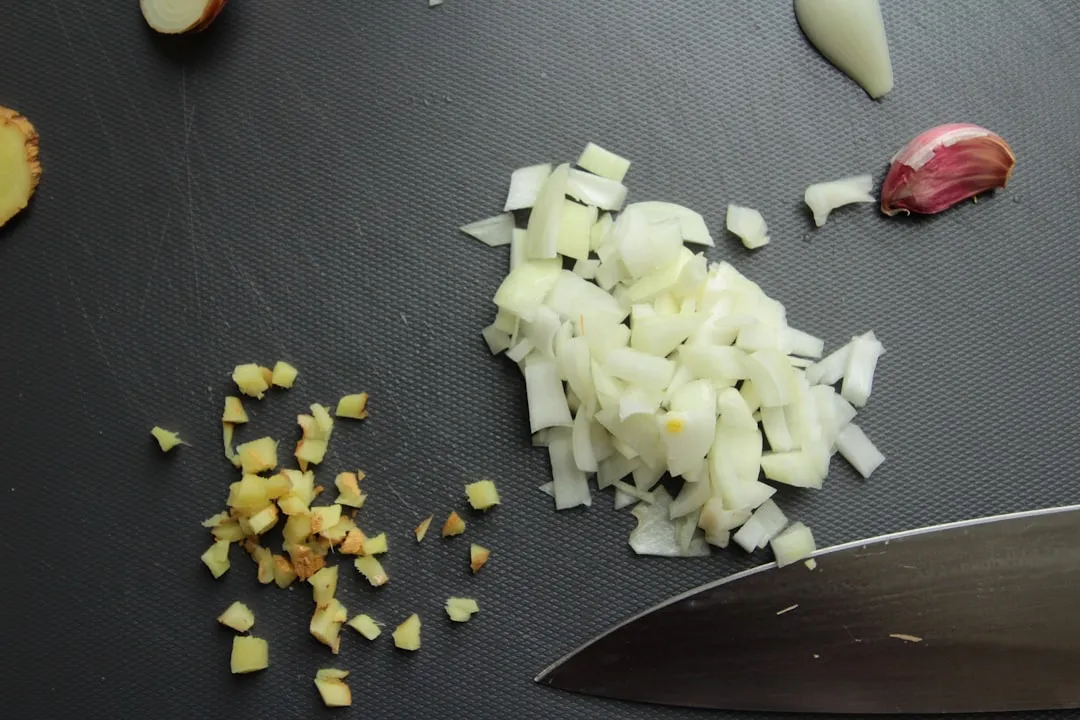
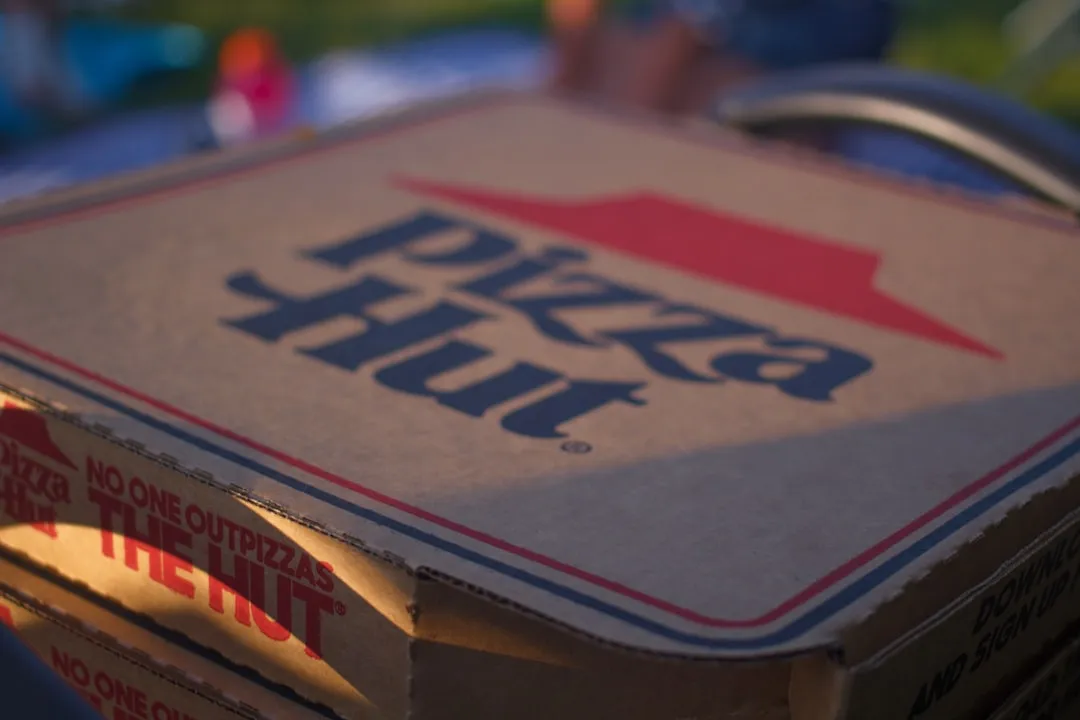
Comments
Be the first, drop a comment!